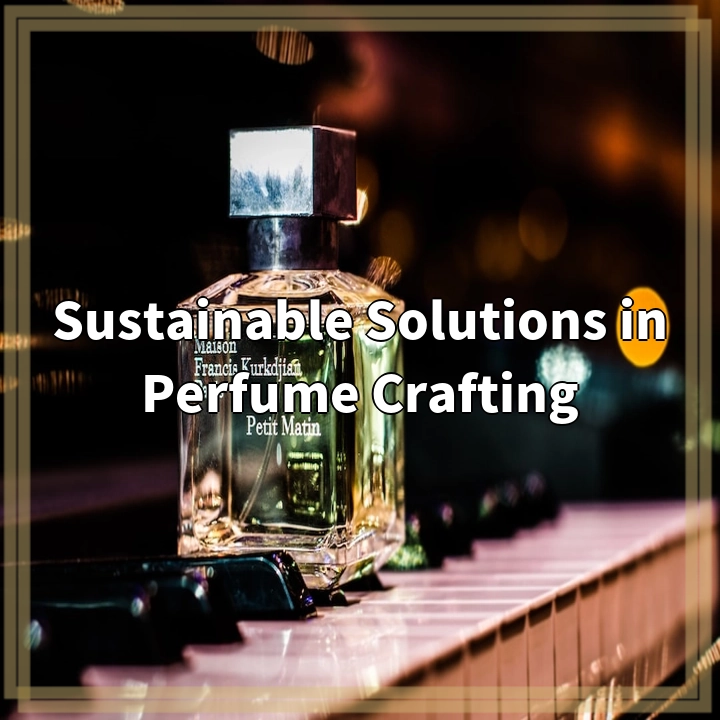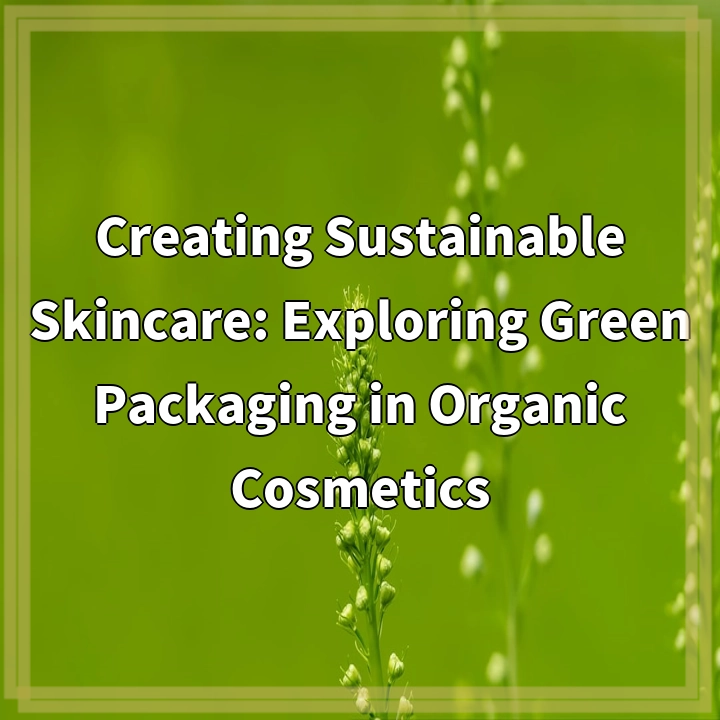
What is Sustainable Solutions in Perfume Crafting?
Sustainable solutions in perfume crafting refer to the efforts and practices aimed at creating and producing fragrances in an environmentally and socially responsible manner. It involves incorporating sustainable ingredients, reducing waste and pollution, and promoting ethical sourcing and production methods. By adopting sustainable practices, the perfume industry can minimize its impact on the environment and contribute to a more sustainable future.
Real-World Problems Associated with Perfume Crafting
While perfumes are a popular and beloved product, their production and consumption can have negative environmental and social implications. Some of the real-world problems associated with perfume crafting include:
1. Environmental Impact
The perfume industry relies heavily on natural resources, such as plant extracts and essential oils. Unsustainable harvesting practices, overexploitation, and habitat destruction can have a detrimental effect on biodiversity and ecosystems. Additionally, the use of synthetic chemicals in perfumes may contribute to air and water pollution during the manufacturing process.
2. Chemical Hazards
Many conventional perfumes contain synthetic chemicals that can have harmful effects on human health. These chemicals, such as phthalates and synthetic musks, have been linked to allergies, hormone disruption, and even potential carcinogenic effects. Workers in the perfume industry may also be exposed to these chemicals during production.
3. Animal Testing
Historically, animal testing has been prevalent in the perfume industry to ensure product safety. However, this practice raises ethical concerns due to animal suffering and the availability of alternative testing methods. Many consumers now seek cruelty-free and vegan options, driving the need for sustainable and ethical perfume production.
4. Waste Generation
The production of perfumes often generates significant amounts of waste, including packaging materials and raw material byproducts. This waste can contribute to landfill pollution and exacerbate environmental degradation. Implementing sustainable packaging solutions and reducing waste throughout the supply chain are essential for reducing the industry’s environmental footprint.

Sustainable Solutions for Perfume Crafting
In response to the real-world problems associated with perfume crafting, the industry is embracing various sustainable solutions. These solutions aim to reduce the environmental impact, address chemical hazards, promote ethical practices, and minimize waste generation. Some of the key sustainable solutions include:
1. Sustainable Ingredient Sourcing
Perfume manufacturers are increasingly focusing on sourcing sustainable and ethically-produced ingredients. This includes using sustainably harvested botanical extracts, natural essential oils from certified organic sources, and supporting fair trade practices. By prioritizing sustainable ingredient sourcing, the industry can minimize habitat destruction, protect biodiversity, and support local communities.
2. Cleaner and Safer Formulations
To address chemical hazards, perfume companies are reformulating their fragrances to reduce or eliminate harmful synthetic chemicals. This includes avoiding or reducing the use of phthalates, parabens, and synthetic musks. Instead, natural and biodegradable alternatives are being used to ensure safer and eco-friendly perfumes.
3. Alternative Testing Methods
Many perfume companies are adopting alternative testing methods to move away from animal testing. This includes utilizing in vitro testing, computer modeling, and data sharing to ensure product safety without relying on animal trials. By embracing cruelty-free practices, the industry can improve its ethical standing and meet the demands of conscious consumers.
4. Sustainable Packaging
One significant solution for reducing waste generation in perfume crafting is adopting sustainable packaging practices. This involves using recyclable and biodegradable materials for bottles, caps, and packaging boxes. Additionally, companies are exploring refillable and reusable options to minimize single-use packaging waste.















